
In the dynamic landscape of education, one size does not fit all. Every student is a unique individual with distinct learning styles, personality traits, and career aspirations. To harness their full potential, educators must embrace the concept of personalised learning, an approach that recognises and caters to these individual differences. Educators can create an environment that fosters growth, self-discovery, and successful career paths by understanding the diverse ways students learn and engage. This blog will delve into the power of personalised learning, how it benefits students, and how educators can effectively implement it in their teaching strategies.
The Foundation: Recognising Learning Styles and Personality Types
At the heart of personalised learning is recognising different learning styles and personality types. Each student has a unique way of processing and retaining information. Some thrive through visual aids, while others excel in hands-on experiences. Some students are introverted and prefer solitary reflection, while others are extroverted and flourish in collaborative settings. By acknowledging and adapting to these differences, educators can create an inclusive learning environment that resonates with every student.
Tailoring Teaching Methods for Optimal Engagement
Personalised learning allows educators to tailor their teaching methods to suit individual preferences and needs. It might involve incorporating a mix of lectures, discussions, group activities, and multimedia presentations. For instance, visual learners may benefit from infographics and diagrams, while auditory learners may engage more deeply through podcasts or recorded lectures. By providing a variety of instructional approaches, educators can ensure that students grasp concepts effectively and retain knowledge for the long term.
Mapping Strengths to Careers: Guiding the Way
Understanding students’ strengths and preferences goes beyond academic success; it extends to shaping their career paths. Educators can be pivotal in guiding students toward professions that align with their unique attributes. For example, a student with exceptional problem-solving skills might thrive in engineering or research. In contrast, a student with strong interpersonal skills could excel in counselling or marketing. By connecting strengths to potential career choices, educators empower students to make informed decisions about their futures.
Fostering Self-Reflection and Self-Assessment
To help students identify their strengths and preferences, educators can incorporate self-reflection and self-assessment activities into the curriculum. Encouraging students to analyse their learning experiences, interests, and personal values enables them to understand themselves better. Tools like personality assessments, strengths inventories, and career interest surveys can provide valuable insights. With this self-awareness, students can confidently embark on a path that aligns with their passions and abilities.
Implementing Personalised Learning: Strategies for Educators
Let’s delve deeper into each of the strategies for implementing personalised learning for educators:
1. Diverse Instructional Approaches:
Embrace various teaching methods that cater to different learning styles and preferences. Recognise that students absorb information differently, and a well-rounded approach can enhance their understanding and engagement. Mix traditional lectures with interactive discussions, hands-on activities, multimedia presentations, and real-world examples. This way, visual, auditory, kinesthetic, and other types of learners can all benefit from the instruction.
2. Flexible Assessment:
Move beyond traditional exams and quizzes by offering a range of assessment methods. It allows students to demonstrate their understanding and skills in ways that align with their strengths. Assignments could include written essays, oral presentations, creative projects, group work, debates, and self-assessments. By diversifying assessment methods, you ensure that all students have a chance to shine and showcase their unique abilities.
3. Individualised Projects:
Please encourage students to explore topics that resonate with their interests and strengths. Assign open-ended projects that allow for creativity and self-directed learning. It might involve researching, creating multimedia presentations, designing prototypes, or launching mini-campaigns. Individualised projects promote a sense of ownership over learning, fostering autonomy and motivation in students.
4. Mentorship and Guidance:
Establish a mentorship program where students can receive personalised guidance from educators or professionals in their fields of interest. Regular one-on-one discussions allow students to share their aspirations, ask questions, and receive valuable advice. Mentorship helps students connect their strengths with potential career paths and nurtures a supportive learning community.
5. Peer Collaboration:
Encourage collaborative learning experiences that allow students to interact with peers and learn from different perspectives. Group discussions, peer reviews, debates, and collaborative projects promote teamwork, communication, and the exchange of diverse ideas. Collaborative learning exposes students to alternative viewpoints and prepares them for real-world interactions in future careers.
6. Resource Variety:
Curate a rich assortment of learning resources to cater to different learning styles and preferences. Offer a blend of traditional textbooks, online articles, videos, podcasts, interactive simulations, and hands-on materials. It ensures that students can access information in formats that resonate with them, enhancing their understanding and engagement with the subject matter.
7. Regular Check-Ins:
Schedule regular check-ins with students to gauge their progress and well-being. These discussions allow students to voice their concerns, share successes, and provide feedback about their learning experiences. Through these interactions, educators can adjust teaching strategies, pacing, and content delivery, ensuring that each student’s needs are met.
Incorporating these personalised learning strategies into your teaching approach can significantly enhance the educational experience for your students. By acknowledging their individuality, tailoring instruction, and guiding them towards career paths that align with their strengths, educators empower students to take charge of their learning journey and make informed decisions about their futures. Personalised learning cultivates academic success and fosters self-confidence, critical thinking, and a lifelong love of learning.
In conclusion, personalised learning is a powerful approach that honours the uniqueness of each student. By recognising diverse learning styles, personality traits, and strengths, educators can create an environment where students thrive academically and personally. Guiding students toward suitable career paths through self-reflection and tailored instruction empowers them to make meaningful future choices. As educators, embracing personalised learning is not just a pedagogical strategy; it’s a commitment to nurturing the potential and individuality of every student.
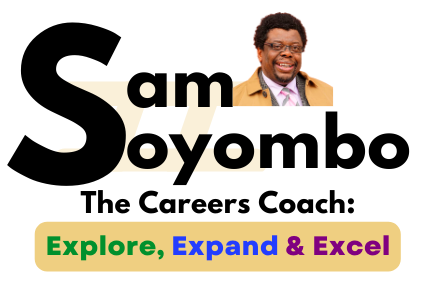
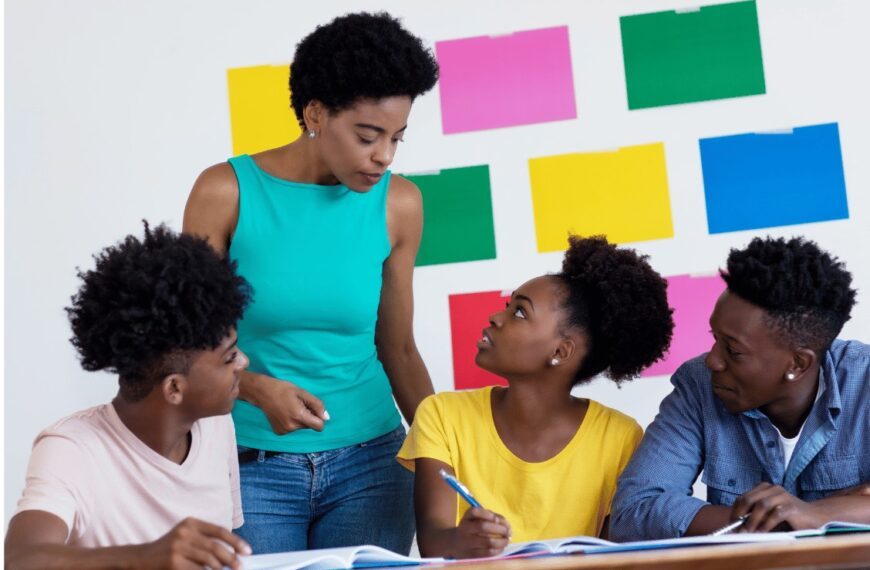


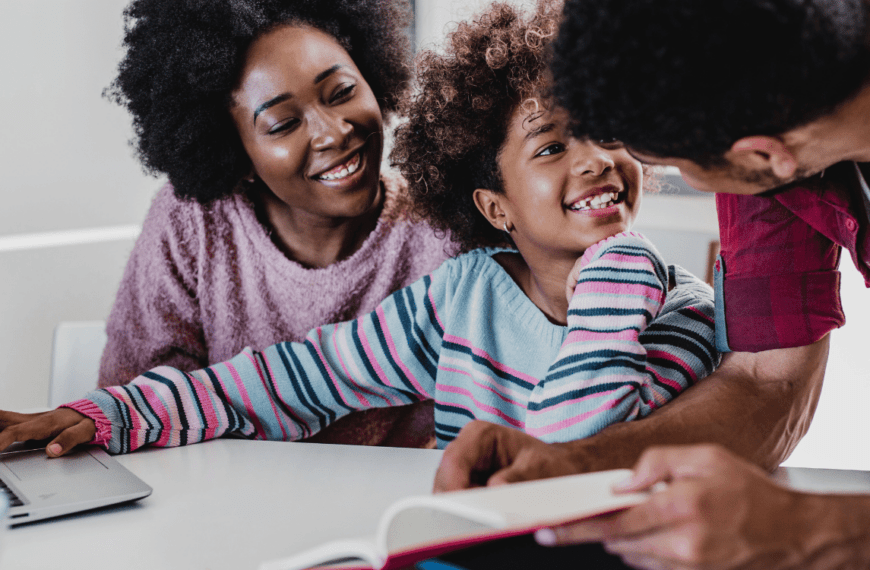
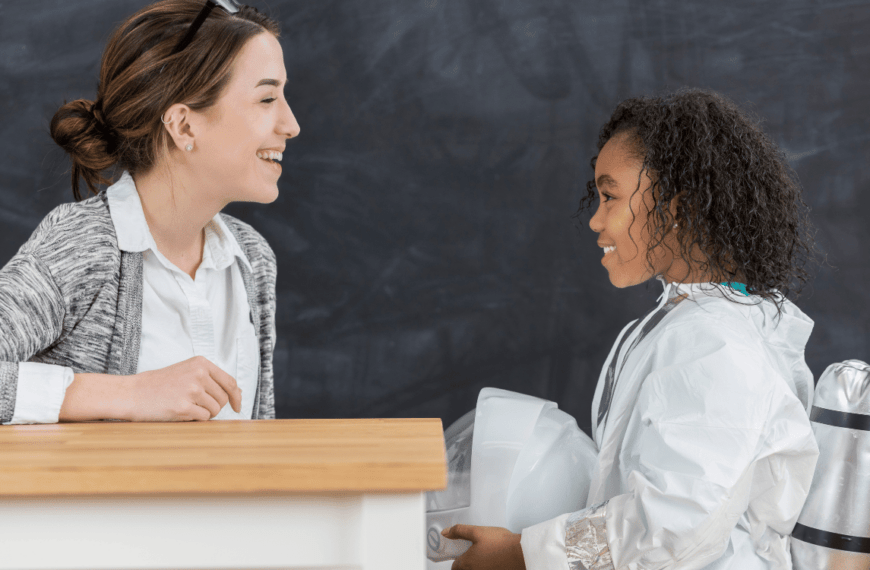





Firstly; I will say a big thank you to Mr Sam soyombo for taking part of your valuable time to impact this knowledge on student. it more than helpful to once again, I learnt a lot on this.